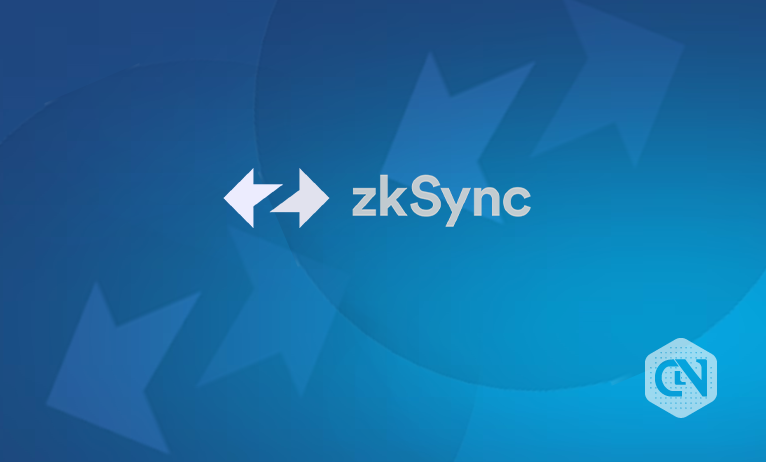The Upgrade of zkSync Era
The zkSync Era is currently undergoing a significant upgrade, bringing with it some exciting news for both users and builders. Building on the success of its most recent upgrade (VM version 1.4.2, Protocol version 22), which included support for EIP-4844 and a substantial reduction in fees by a factor of 10, the company is now ready to introduce a range of new functionalities and enhancements with Protocol v24.
Challenges Faced and Solution
The company faced certain challenges with Protocol v23 in its internal environments, prompting a decision to standardize the enhancements for the upcoming version. The new enhancements for Protocol v24 will include the addition of EVM curve operations precompiles, the zkSync Bridgehub, and a new precompile for P256Verify. In addition, revised pricing structures have been implemented for certain operations to further optimize the system.
Ensuring Trust and Interoperability
Establishing trust and ensuring interoperability among different ZK Stack chains necessitates compliance with specific quality requirements. To manage proof authentication across all chains, a standard set of Layer 1 smart contracts is essential. It is imperative that all chains adhere to a fair scaling mechanism for proof implementation.
Importance of Shared Bridges
Shared bridges play a vital role in achieving unified liquidity within the ecosystem. A single bridge contract on Layer 1 will be responsible for connecting all L1 assets, including ETH and ERC20s. These bridges will facilitate various user operations such as withdrawals and deposits across all ZK Stacks, as well as positioning their equivalents on the ZK Stack Chain.
The zkSync Bridgehub serves as a crucial component in enabling communication between bridges and all ZK Stack chains contracts through a centralized point. It allows for the secure storage of L1 assets, including L3s and validiums, in the same contract across all chains. Additionally, all chains will register at this central connection point to interact with the mailboxes of other chains, request L1>L2 transactions, and register to become part of the ecosystem.
State Transition Manager Contracts
The State Transition Manager (STM) contracts are designed to authenticate proofs associated with all chains. Furthermore, they are responsible for implementing a DiamondProxy for every chain, serving as the primary constituent and ultimate representation of a chain on L1.
Image/Photo credit: source url





